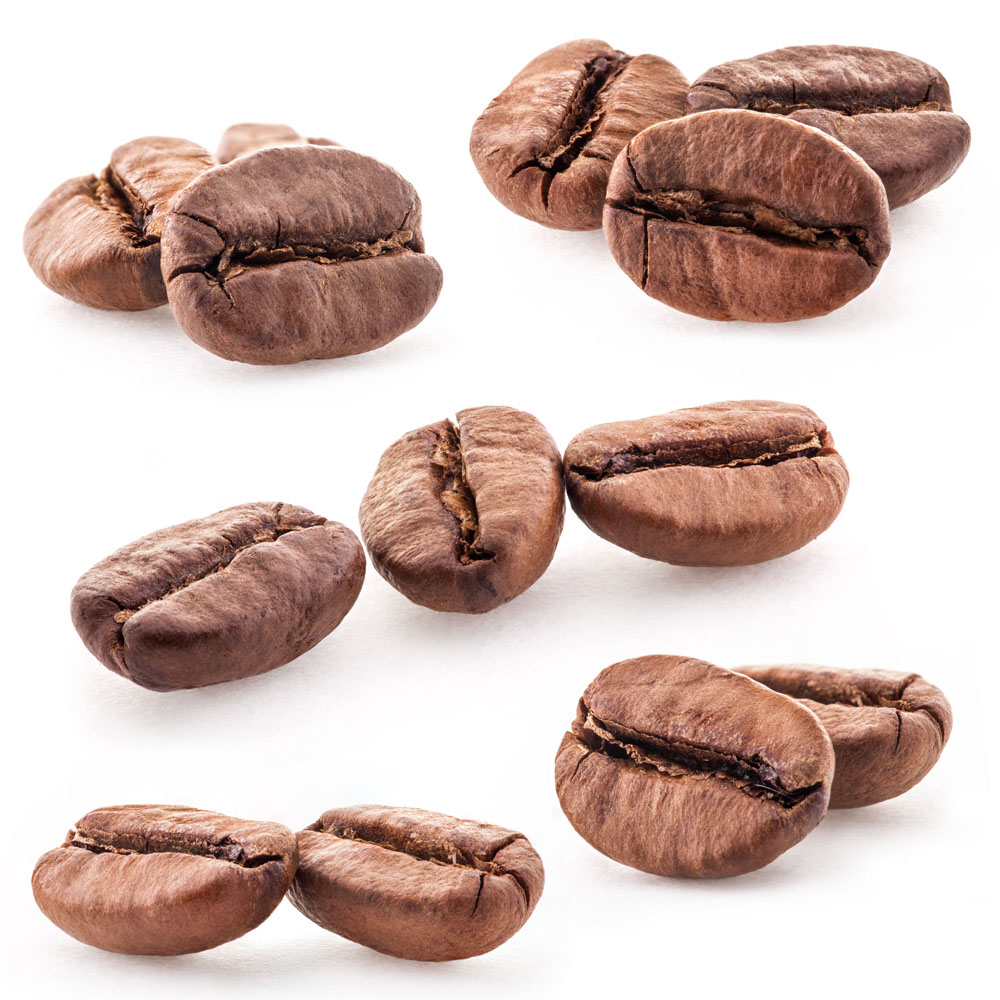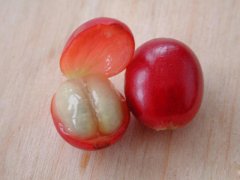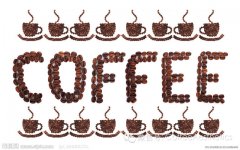Liberia, produced in West Africa, currently accounts for about 5% of the world's total economically grown coffee production.
It accounts for only about 5% of the Liberica in the world's coffee. Translated into Chinese, it is called Liberica growing coffee beans, which is produced in Liberia in West Africa. At present, it accounts for about 5% of the total output of economically cultivated coffee in the world, and the output is very small, the flavor is relatively monotonous, the bitter taste is high, the appearance is much larger than ordinary coffee beans, and the skin is very thick and it is not easy to remove the pulp and pulp, so the treatment process is more troublesome. As a result, commercial and economic uses are limited.
Liberica coffee, which usually grows on slopes about 200 meters above sea level, is not big, about 10 to 20 feet high. Lilika coffee is a kind of tree species with strong resistance to disease and environmental adaptability, so Liberica coffee can be grown in subtropics compared with other tree species. The most suitable temperature for growth is 19-27 ℃. Liberica coffee tree from the appearance, its leaves are larger than other coffee species, can be planted by grafting, taste bitterness is higher, aroma and mellow, but high concentration is its advantage.
In Malaysia, Liberica coffee will add some special spices to stir-fry beans to make the fried beans more unique.

Important Notice :
前街咖啡 FrontStreet Coffee has moved to new addredd:
FrontStreet Coffee Address: 315,Donghua East Road,GuangZhou
Tel:020 38364473
- Prev

The structure of coffee beans what are coffee beans like
The structure of the berry from the outside to the inside is the pericarp: the pericarp of the berry is tight and thick, which can bite through the fruit: mainly water and sugar, the fruit of the berry accounts for almost 80% of the coffee harvest and is often reused by the fertilizer mucus of the coffee producing area: a sweet, sticky, honey-like substance that covers the skin of the coffee bean: a thin white sheepskin paper layer, similar to peanuts.
- Next

The gouache in the coffee competition is better than the coffee required in the coffee competition.
Brewing ratio refers to the ratio of the amount of coffee powder to the amount of water extracted, which will directly affect the extraction rate of coffee powder and the concentration of coffee liquor. The European and American gold cup criterion is to use the amount of powder and water as the control tool of the follicular coffee tube meter, and its complexity and importance are more important than freshness, fineness and water temperature, time, and water flow. If you have mastered the first three items and still can't make delicious coffee, there should be a problem.
Related
- Beginners will see the "Coffee pull flower" guide!
- What is the difference between ice blog purified milk and ordinary milk coffee?
- Why is the Philippines the largest producer of crops in Liberia?
- For coffee extraction, should the fine powder be retained?
- How does extracted espresso fill pressed powder? How much strength does it take to press the powder?
- How to make jasmine cold extract coffee? Is the jasmine + latte good?
- Will this little toy really make the coffee taste better? How does Lily Drip affect coffee extraction?
- Will the action of slapping the filter cup also affect coffee extraction?
- What's the difference between powder-to-water ratio and powder-to-liquid ratio?
- What is the Ethiopian local species? What does it have to do with Heirloom native species?

